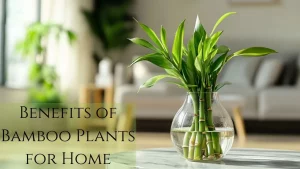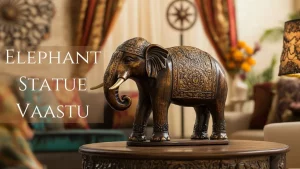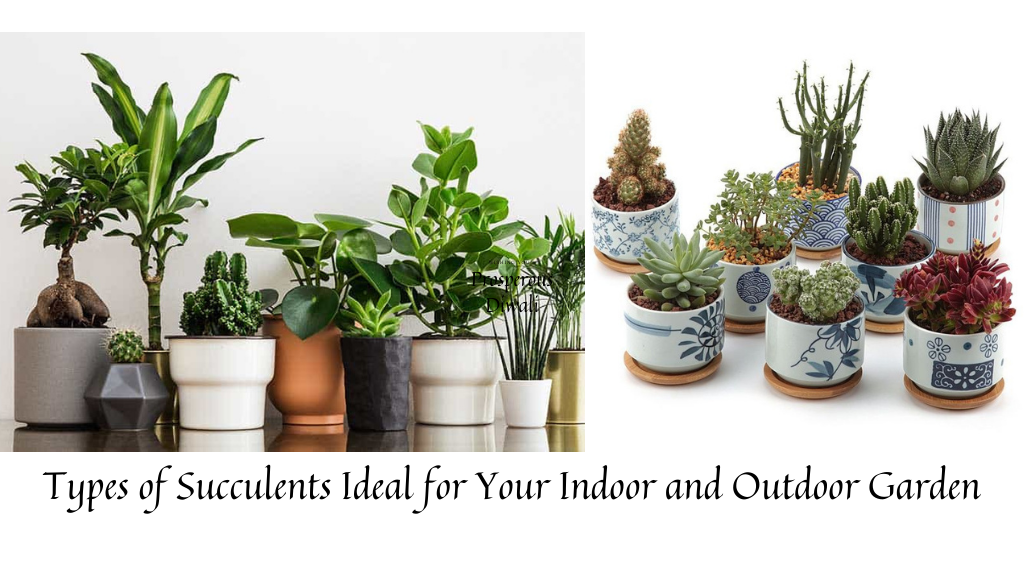
Indoor plants always add an extra oomph to their surroundings with their aesthetically pleasing looks and vibrant colors. And among all the household plants, succulents top the list of many plantsmen.
Why?
For starters, these different types of succulents plants can deal with almost any weather, variety of light, and water situation. Surprisingly enough, even serial indoor plant killers can easily keep a succulent alive, which makes them great for your balcony or bedroom as they don’t need any special attention. Still, these plants have location preferences and to help you understand different types of succulent plants and where they grow best, we have prepared a snapshot of indoor as well as outdoor succulents. Let’s jump in.
10 Types of Indoor Succulents
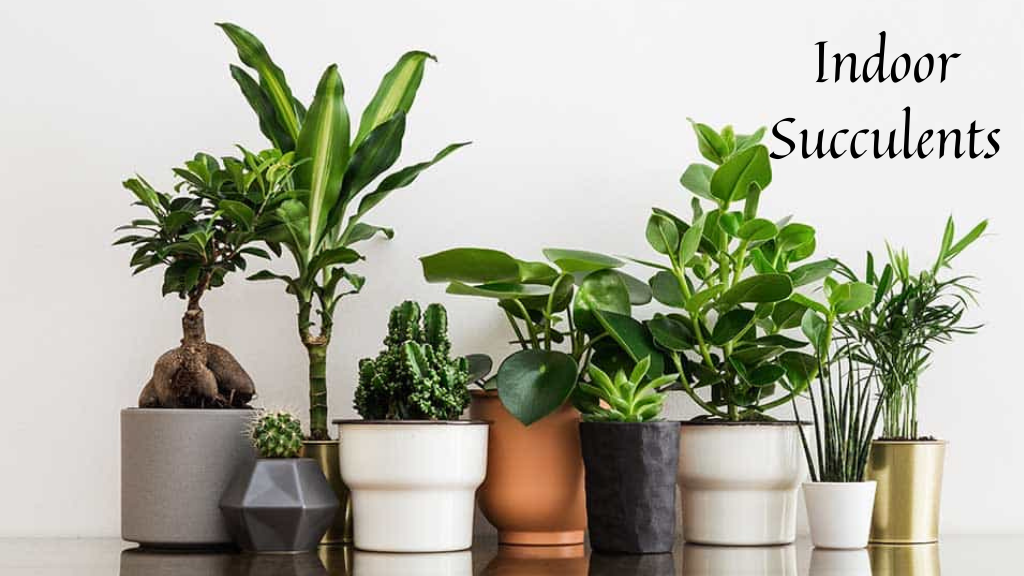
Lately, succulents have become the trend and they can be seen from boutonnieres to hanging plants and from weddings to home decor. The reason behind this trend is the versatility of the plant. They can certainly grow alone but they can also pair up with other types of plants nicely.
The best thing about indoor succulents is that they are in their element in a room where it is dry with little to no humidity. Even though they appreciate direct sunlight, indoor succulents can thrive in lower levels of sunlight, making them perfect houseplants. Here is the list of different types of succulents indoor plants:
- Burro’s Tail
- Flaming Katy
- Crown of Thorns
- Aloe Vera
- Jade Plant
- Pincushion Cactus
- Panda Plant
- Snake Plant
- Roseum
- Zebra Plant
Now let’s talk about them one by one.
1. Burro’s Tail

Burro’s Tail succulents plants are one of the most popular houseplants because they don’t need much care and attention. Also famous for the name of the Donkey tail plant, they get their name due to their four-inch-long growth that looks like a tail. Burro’s tail is a cactus and the ideal conditions for its growth are indoors, planted in a well-drained pot, allowing its long stems to drape down.
2. Flaming Katy
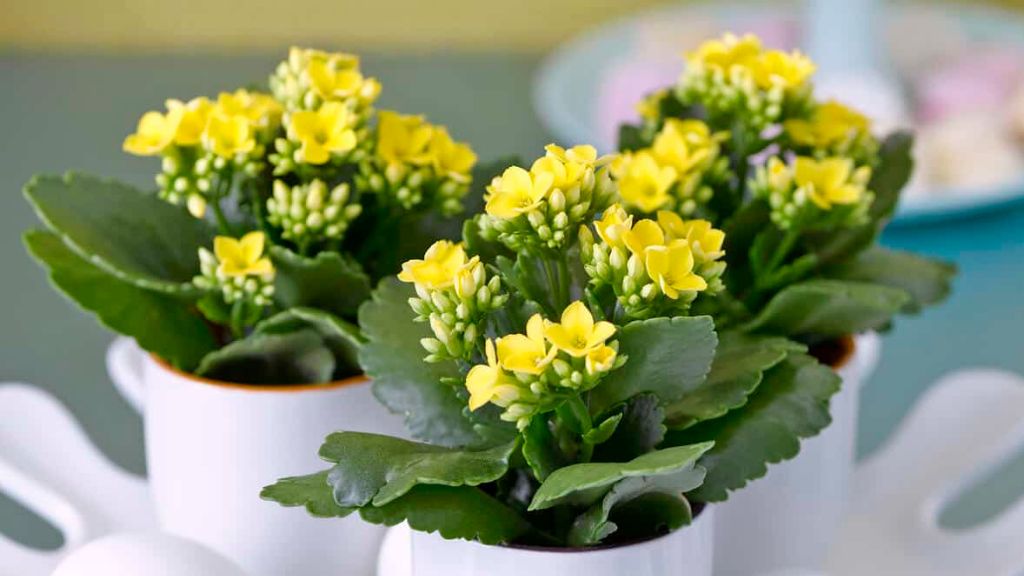
Native to Madagascar, the Flaming Katy is a common household plant. This type of succulent plant is very sensitive to cold and prefers 60 to 85 °F temperature making it an indoor plant. Also, this plant favors well-lit areas and clay pots with drainage holes at the bottom. The Flaming Katy will bloom if 10 hours of sun is provided in a day. In early winters, this plant makes four-petal buds which range from dark red to gold and white, and therefore make a great centerpiece.
3. Crown of Thorns

It is a perfect houseplant as it adapts well to indoor temperatures and environments. To take the utmost care of the plant, set it near a window where it can bathe in sunlight for three to four hours a day. Watering this plant is no hassle as well because it will survive if you don’t water it for 3-4 days but ensure you water it if the soil of the pot is completely dry.
4. Aloe Vera

This succulent plants is well-known for its medicinal benefits such as easing scrapes and burns. Grown in tropical climates for medicinal purposes, it is a great plant for any household. Aloe Vera is usually found in skin ointments, lotions, and cosmetics but it is also ideal for decorating your living room or your workstation. Aloe Vera’s leaves are either green or grey and chunky and pointed in shape.
5. Jade Plant
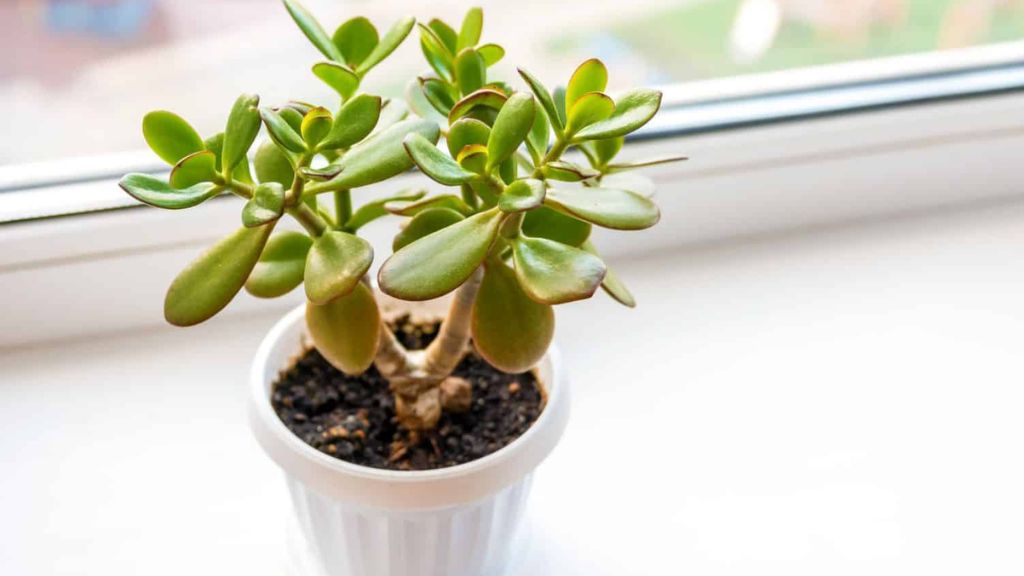
This succulent resembles a bonsai tree with a thick trunk and branches just like a miniature tree. The Jade plant has chunky, shiny, and dark green leaves that are oval. However, a few varieties of this plant have leaves with a red tip. If the conditions are in the favour of this plant, it develops beautiful white or pink flowers in the shape of a star-making it one of the most beautiful types of succulents plants.
6. Pincushion Cactus

Usually found in Mexico, the Pincushion Cactus is also found in southwest America. One way to identify this plant is the pointy spikes covering its exterior. The Pincushion Cactus belongs to the mammillaria family consisting of more than 250 species of cacti. Mammillaria is a Latin word that means “nipple” and the exterior of this plant has tube-like features. It is a small-sized cactus that reaches the maximum height of six inches in its lifetime and makes vibrant flowers that add a desert-like vibe to its surroundings.
7. Panda Plant

This plant got its name due to its small and fuzzy leaves with brownish-red markings on the edge. On top of that, the Panda plant’s leaves have a velvety appearance, making them aesthetically appealing. This succulent tends to live for a long time and rarely bloom even in the right circumstances. Due to its soft texture and small size, it looks quite well in hanging planters, work desks, and even children’s rooms.
8. Snake Plant

Generally found in West Africa, this succulent is one of the most undemanding plants. It will look fresh even if you forget to water it for days making it one of the most tolerant types of succulents available. Its leaves are long, variegated and have various shades of green. It can survive in low light and little water and still improve the air quality by removing toxins from the air while you sleep.
9. Roseum

The Roseum is one of the smallest types of succulents; it only grows between 4-6 inches tall. It grows fast and if it is placed in a container or a planter on a window’s ledge, it will bloom better. The Roseum produces light-pink star flowers in the summer, which can make your home decor a bit more colourful. We recommend placing it at a spot where it gets a good amount of sunlight.
10. Zebra Plant

This plant doesn’t require much space as it only grows between 5-6 inches tall and wide. The Zebra plant also has shallow roots and therefore small pots are best for growing it. It gets its name from the white stripes on its leaves that come out of the stem from various directions. Its beautiful, bright yellow and cone-shaped flowers are slow-growing and only last a week. Their appearance makes them an ideal gift and a great piece for home decor.
10 Types of Outdoor Succulents
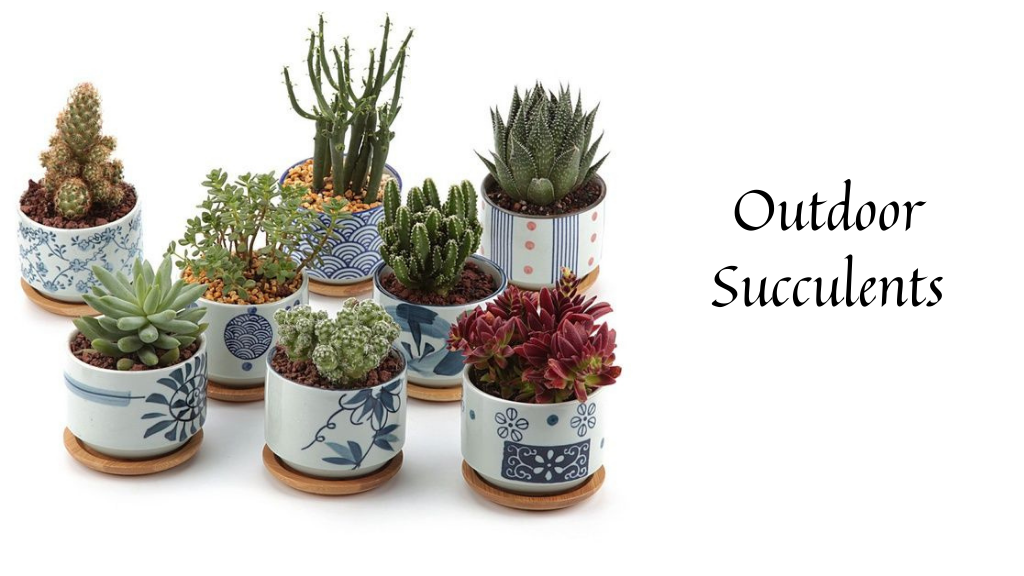
Just as succulents make fantastic indoor decorative ornaments, they make quite an exquisite addition to your outdoor garden as well. They add visual definition to the garden design and can be placed in a container or planted in the ground. These types of succulent plants differ from indoor succulents because they are too large to be planted indoors and others need a lot of sunlight to grow.
When you are growing outdoor succulents, you should bear in mind that even if other online succulent care instructions say that these plants need “full sun,” it doesn’t mean that they can bear 100 °F.
Here are different types of outdoor succulents.
- Hens-and-Chicks
- Whale’s Tongue Agave
- Stonecrop
- Plush Plant
- Ball Cactus
- Dudleya
- Pig’s Ear
- Sunburst
- Zwartkop
- Torch Plant
1. Hens-and-Chicks

The other name of Hens-and-Chicks succulent is “sempervivum,” which means “live forever.” This makes the plant a perfect addition to a garden. This succulent can grow very quickly and make various offspring called “chicks.” This plant comes in a wide variety of colors that can help you decorate the garden. With proper care, the plants give gorgeous red flowers in the shape of a crown. The plant lives only for three years but it multiplies due to the chicks and hence the name “live forever.”
2. Stonecrop

With its different colors from pink to bright green and blue to silver, Stonecrop is one of the most beautiful types of succulent plants. Stonecrop has two sedums, creeping sedums, and tall sedums. The creeping sedums usually grow concurrently to the ground and are used in rock walls or on roofs.
3. Whale’s Tongue Agave

The Whale’s Tongue Agave is native to Mexico and it has flat, light green, and wide leaves that look like a whale’s tongue. Their maximum height is 2-5 feet tall and their max. width is about 3-6 feet. When watered regularly, this plant can grow up to 10-14 feet tall flower spikes.
4. Ball Cactus

This succulent is very unique in shape because it looks like a hot air balloon. It can grow up to 1-2 feet tall and it is not as smooth as a hot air balloon because it is covered in spike linings. The ball cactus grows little yellow-colored flowers that add to the aesthetics of the garden.
5. Plush Plant

It is a plant indigenous to Southern Mexico and is veneered in fine white hair-like particles that shine when sunlight touches them giving them a silvery look. They favor partial shade and their ideal growth place is either the ground or a container in the garden. For optimal growth, repot the plant during warmer months, and before doing so make sure the soil is totally dry.
6. Dudleya

Members of the echeveria genus family, Dudleya’s are native to California and there are over 40 different species of this plant some of few are on the endangered list. The leaves of this plant are in a circular arrangement and have rounded edges that can stay alive for almost 100 years. The plants naturally grow in the hills so that they can avoid water contact on their leaves, so ensure not to water their leaves.
7. Pig’s Ear

This succulent has chunky, oval leaves that are red on the borders giving it the name Pig’s Ear. Early autumn is the ideal time for it to bloom, giving yellow and red flowers that bloom on top of two-foot stems and dangle down. The max height of this plant is up to four feet and that’s why they are excellent outdoor plants. They are ideal for places such as rock gardens, succulent beds, and hanging baskets. It doesn’t require much water but takes up a lot of space, so ensure leaving a bit of room for this plant.
8. Zwartkop

It is also known as the block rose due to the dark burgundy colour of its circular leaves. The Zwartkop gives yellow flowers in winter creating a stark contrast with its dark foliage. Full sun is the ideal environment for this succulent to grow and thus, it grows best outdoors.
9. Sunburst

The yellow leaves of this flower grow around its centre in a circular shape and that’s why it is also called a copper pinwheel. The leaves are also white, green, and yellow giving it a distinct tri-coloured look. It is a member of the aeonium genus family and a hybrid succulent, native to the Canary Islands. The ideal place for this plant to flourish is the seaside and it can grow up to two feet tall.
10. Torch Plant

From all the different succulents, Torch Plant is a different type of succulents because its light green leaves turn darker in the sun. The shape of the bloom appears to be like a torch and atop the 20-inch stems. It can grow pretty tall and if cared for properly the torch can grow to be 18 inches wide and 10 feet tall. The Torch plant emanates a summer vice and brightens the garden.
Final Thoughts
There are different types of succulents to choose from for your indoor or outdoor garden. These plants don’t need much attention and even with a little bit of water they can grow and produce pretty flowers giving your garden a bright and funky look. We hope our list of types of succulent plants can help you choose the right succulent.




